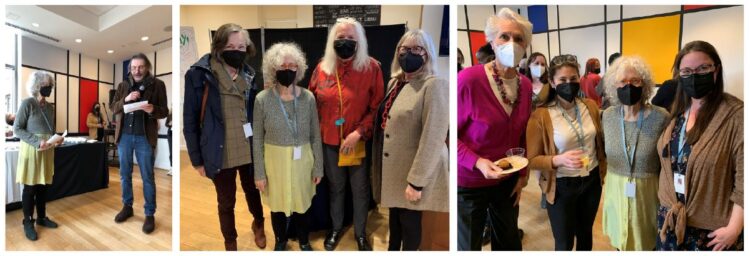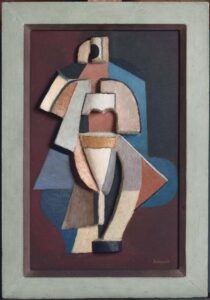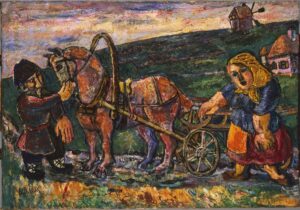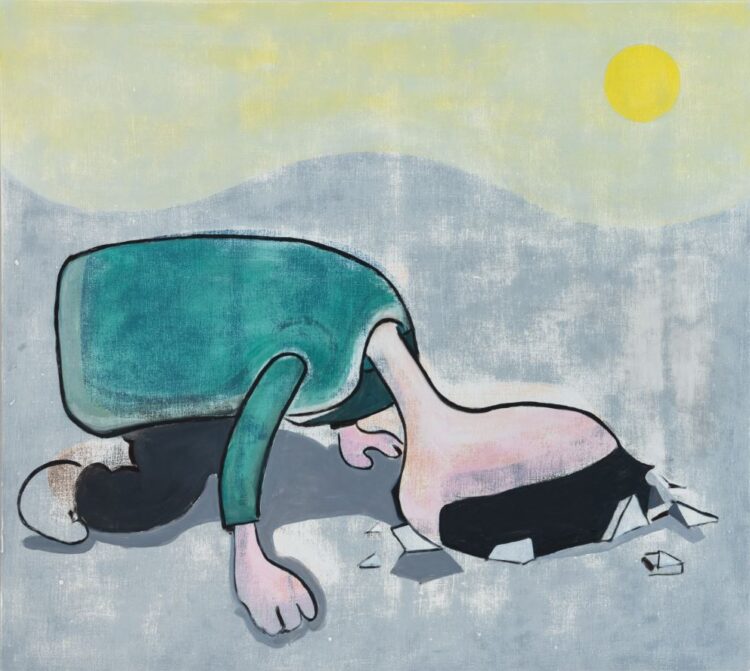The Phillips celebrates Karen Schneider, who will be retiring on March 31 after 41 years of service to the museum.
Karen was hired by Laughlin Phillips, Duncan and Marjorie Phillips’s son, in February 1981. She fondly recalls books everywhere and even the Phillips’s cats (Fiona and Bazooka) scurrying by as she was introduced to the space that housed the books, then in the original Phillips House. When she started, the library had 800 volumes, and now it has 10,000. Karen created the library, archives, and oral history program, in which current and former directors, other staff, artists, and trustees with deep knowledge about the collection are interviewed.

Karen Schneider in the library, c. 1997
Over her 41 years at the Phillips, Karen has demonstrated tremendous skill in guiding the research and providing for the needs of our curators and external scholars. Her institutional knowledge of The Phillips Collection (and ability to decipher Duncan Phillips’s handwriting!) is legendary and has been a highlight of her many museum tours; her wealth of knowledge has been captured in an oral history interview. Karen also created numerous archival exhibitions such as Moving Forward, Looking Back and items in display cases throughout the museum. Her curated archival exhibitions for the Reading Room, the area outside the library, included Women of Influence: Elmira Bier, Minnie Byers, and Marjorie Phillips; Duncan Phillips and Washington Collections; Duncan Phillips and New York Collections; The Journals of Duncan Phillips; and Dear Dove, Dear Phillips, Dear Stieglitz.

Scenes from Karen’s retirement party, with staff old and new
In 2006, Karen worked with the project architect to design the new library in the Sant Building. In 2018, she provided crucial assistance in receiving a transformative grant from the IMLS Museums for America Collections Stewardship program to establish an archival digitization program at the Phillips that has allowed us to begin digitizing items of priority for archival research.
From everyone at the Phillips over the years: thank you, Karen!



